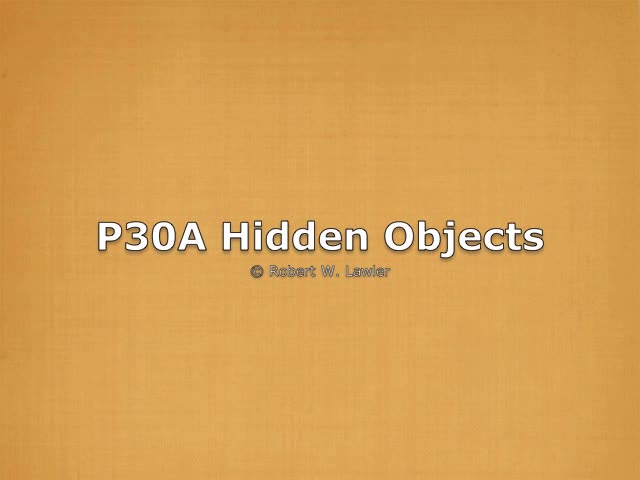
P030A Clip Notes
| Notes:n:nn | by Analyst, 9/3/2025 |
| Setting,Props | Cedar Hall, Family Room: doll-shaped rattle |
| Actors,Aims | Peggy, with GPL; Bob on camera. |
| Episode A: [00:00:04.11] | Mom: See the rattle? [hides it in plain sight] Where’s the rattle, Peggy? Peggy: [looks about, begins crawling] Mom: Where is the rattle?… What happened to your rattle, Peg? Peggy: [crawls ahead a short distance, rolls over] |
| Episode B: [00:00:25.09] | Mom: Whoa. [after roll-over, Mom sets her aright] Here, Peg, [returning the rattle] the rattle… Peggy: [crawls toward it] Mom: Hey, you got it…. You got the rattle…. |
| Episode C: [00:01:09.20] | Mom: [moving it to a different location] The rattle. Peggy: [crawls to reach the rattle] Bob: Well, it’s pretty clear that Peggy’s crawling long enough now. Mom: Wow. Yes, is she. |
| Episode D: [00:01:30.29] | Can she reach for it then? Mom: Yes. Bob: Okay. That’s fine. Mom: There you go, Peg. Bob: Okay, let’s stop right now. |
| Episode | |
| Summary by AI |
Mom hides a rattle in plain sight and prompts, “Where’s the rattle, Peggy?” Peggy looks around and begins crawling to find it. She crawls a short distance, rolls over, and Mom sets her upright. Mom returns the rattle, encouraging Peggy toward it. Peggy crawls toward the rattle and successfully grasps it. Mom then moves the rattle to a new location to prompt further reaching. Peggy crawls again to reach the rattle, demonstrating persistence. Bob observes that Peggy has been crawling long enough and asks about her reaching ability; Mom confirms she can reach. After Peggy reaches again, Bob decides to stop the session. |
| Narrative by AI |
In a brief home video, a caregiver engages an infant named Peggy in a simple play routine centered on a rattle. The rattle is placed within view but slightly shifted in position to encourage Peggy to notice and move toward it. The adult prompts her with questions like “Where’s the rattle?” while keeping the tone light and supportive. The interaction is casual and responsive, with the caregiver adjusting the setup as Peggy moves. Peggy begins by looking around and then crawling toward the sound and sight of the toy. At one point, she rolls over and needs a bit of help to get upright again, which the caregiver provides gently before reintroducing the rattle. The encouragement is consistent—phrases like “You got it” mark small successes, reinforcing her efforts as she moves and reaches. The rattle is then moved to a different spot, prompting Peggy to crawl again. This repeated repositioning seems designed to sustain her interest and motivate additional movement. Throughout, the atmosphere remains calm and focused on Peggy’s responses. Each time she reaches the rattle, the adults acknowledge her progress and continue the activity. Another adult, identified as Bob, observes and comments that Peggy has been crawling long enough, suggesting an aim to avoid overexertion or frustration. The brief conversation between the adults indicates a balance between encouraging exploration and recognizing when to pause. They also check whether Peggy can reach for the rattle, subtly assessing her motor abilities without pressure. The video ends shortly after Bob suggests stopping. Overall, the clip captures a common moment in early development: a caregiver using a familiar object to support crawling, reaching, and attention. The setup is simple, the feedback is immediate, and the activity is tailored to Peggy’s current abilities, offering a snapshot of everyday interaction that encourages movement and engagement in a safe, supportive way. |
| Link Index | Panel P030, Language Development, Object Exploration, Social Interactions |
| Themes, Interplay |
Pointing and attention; Following Gaze; Following Pointing |
